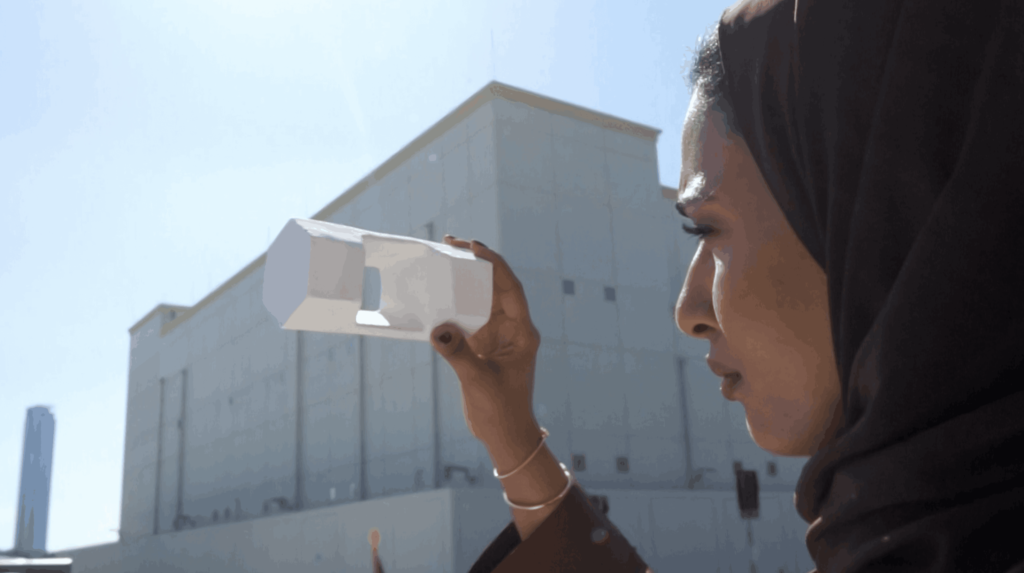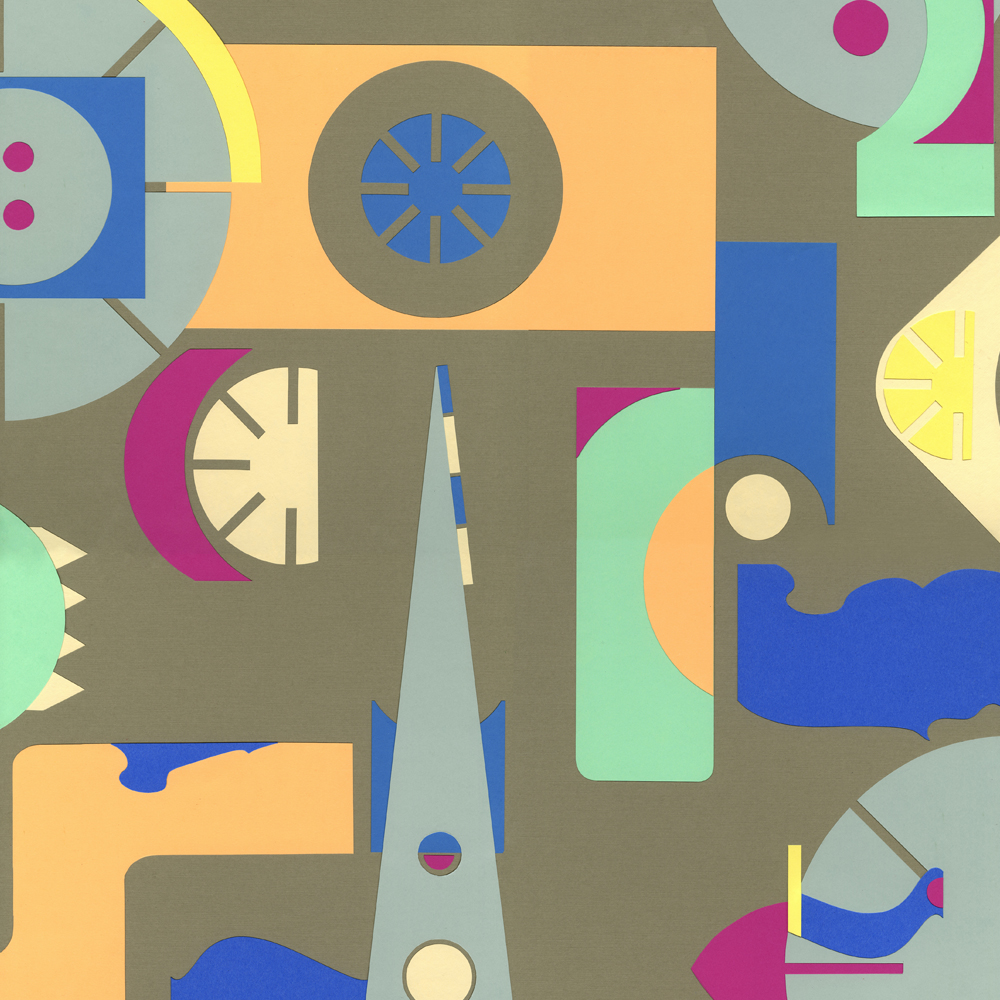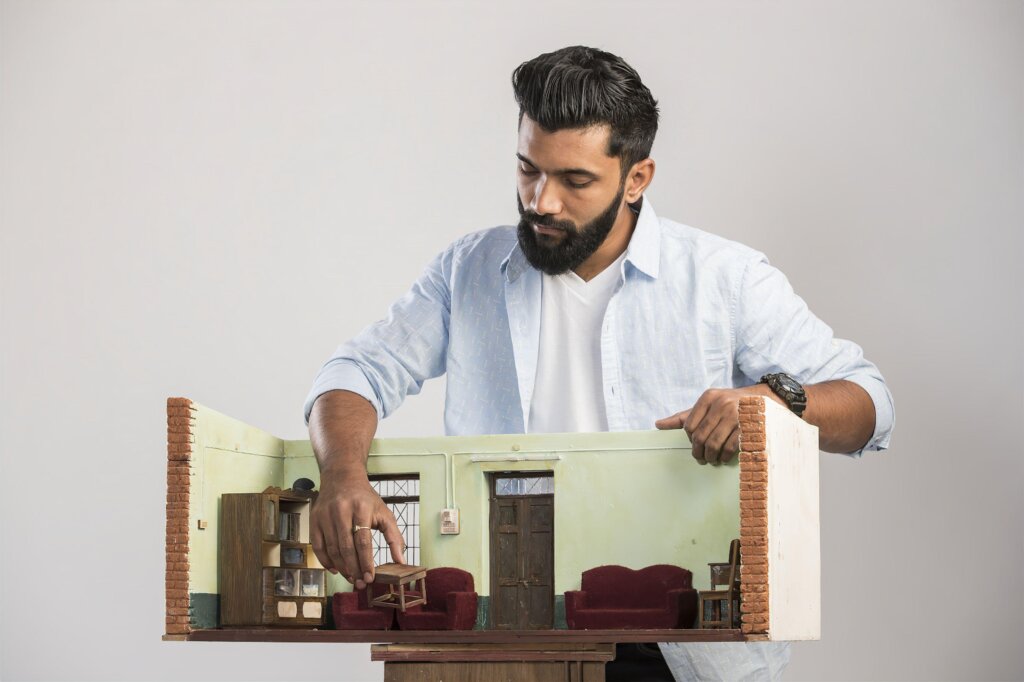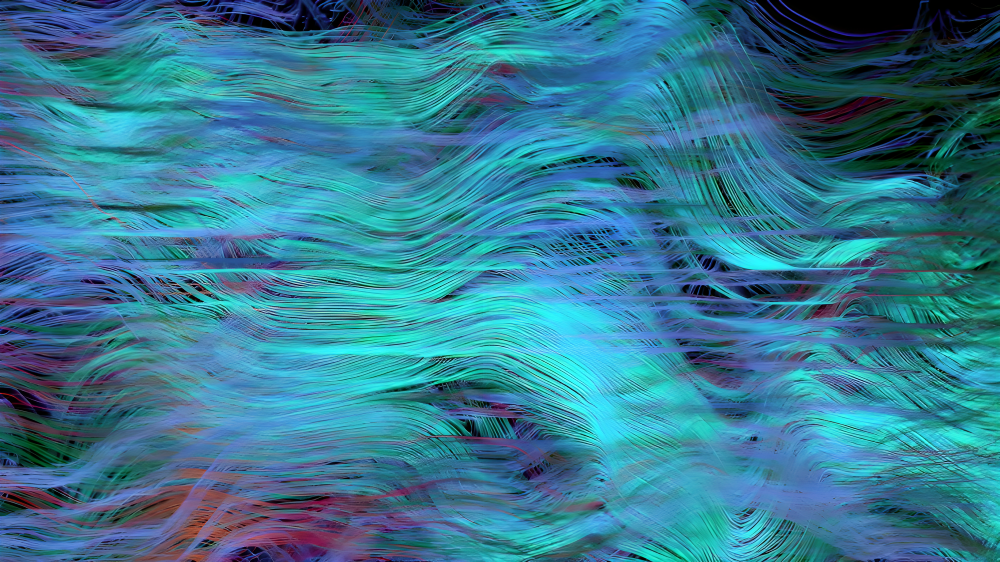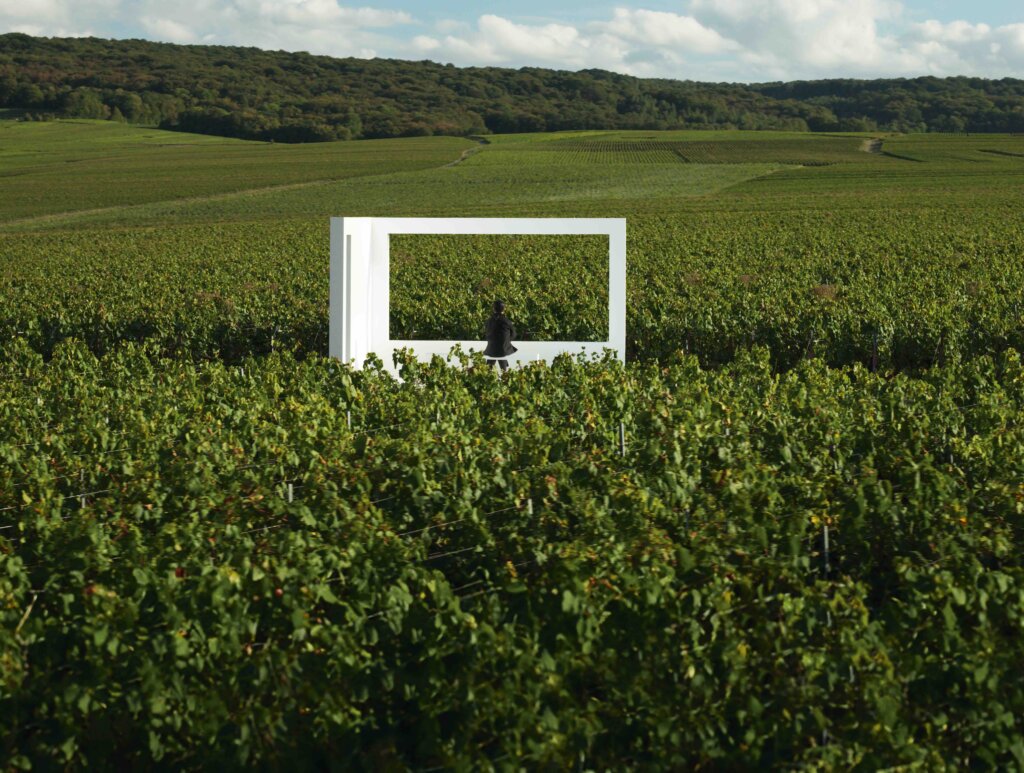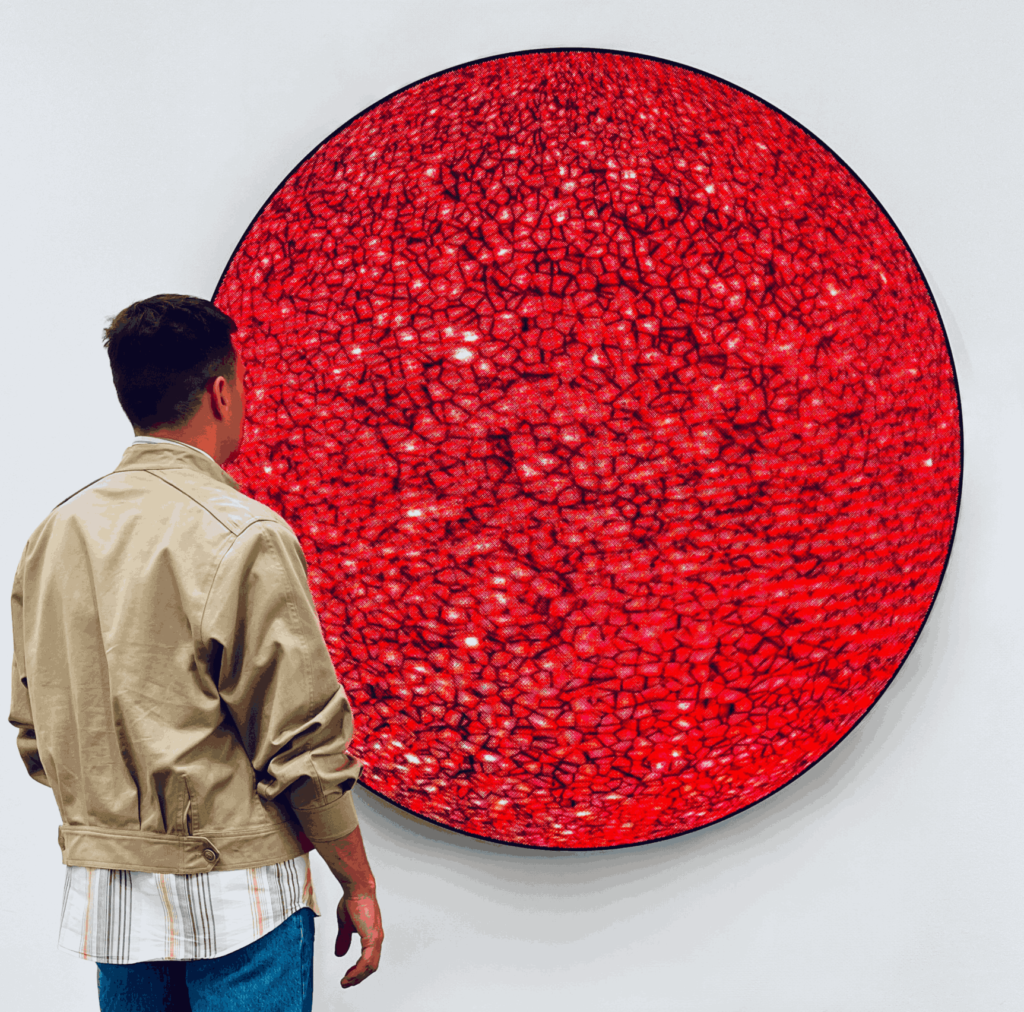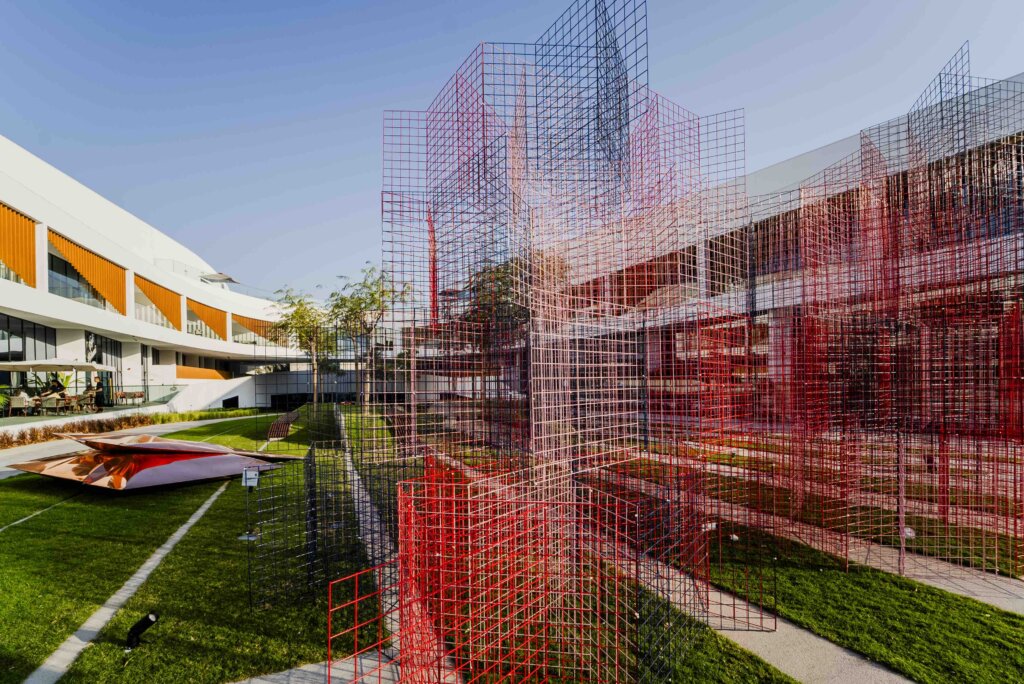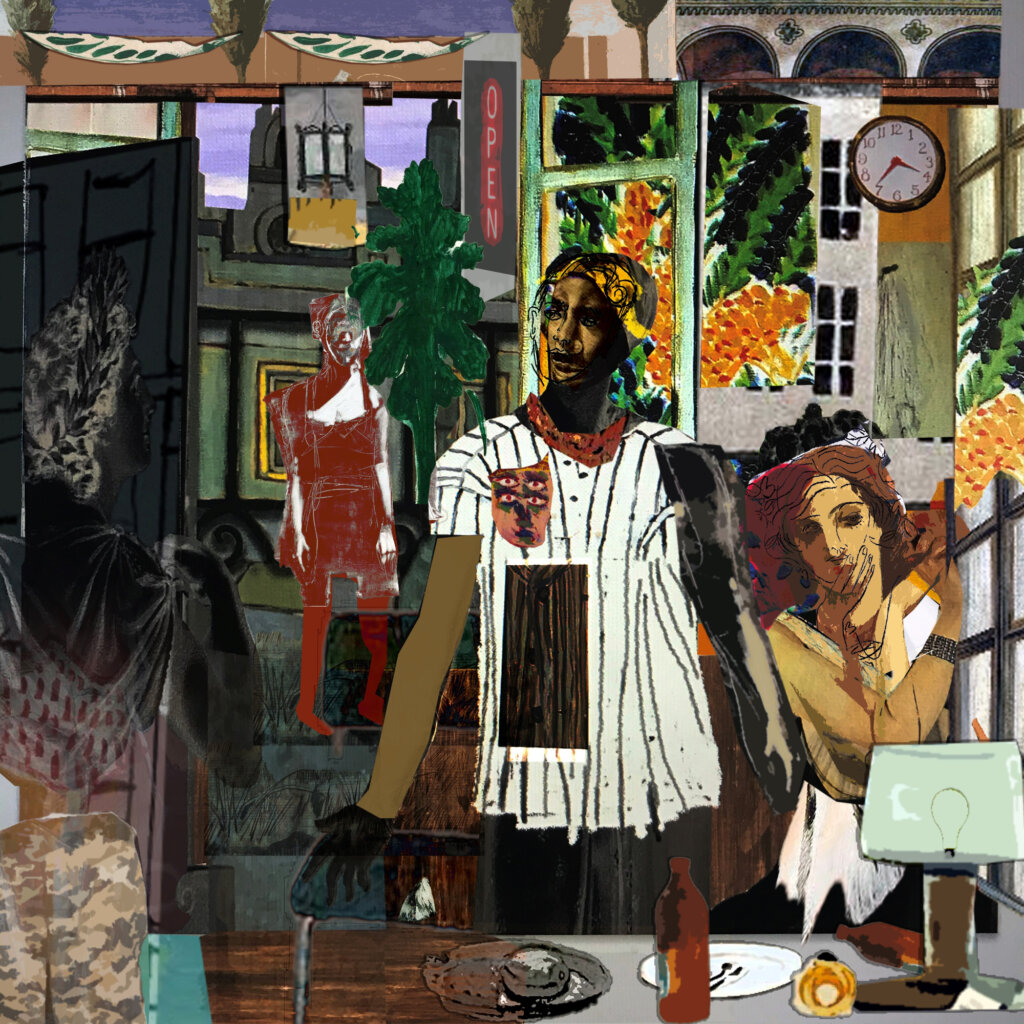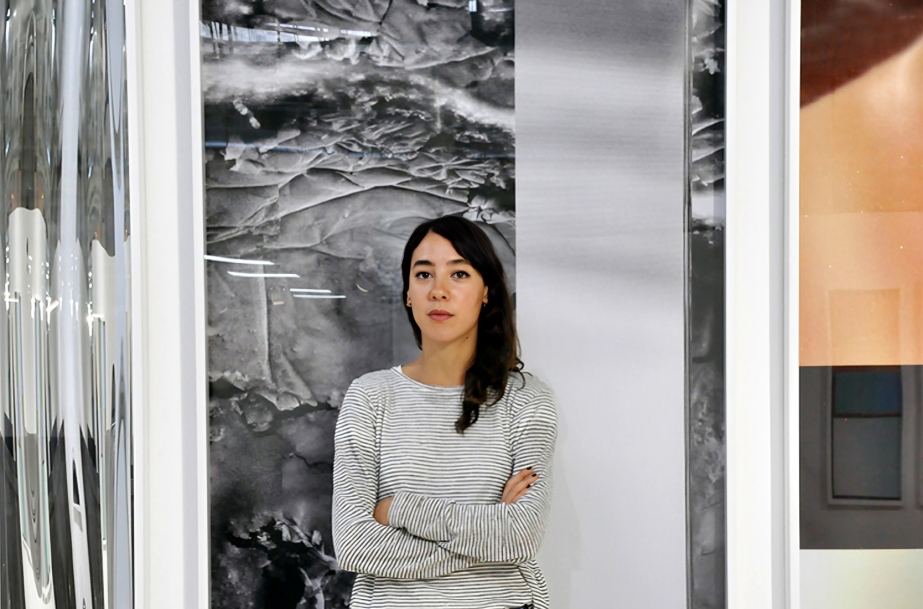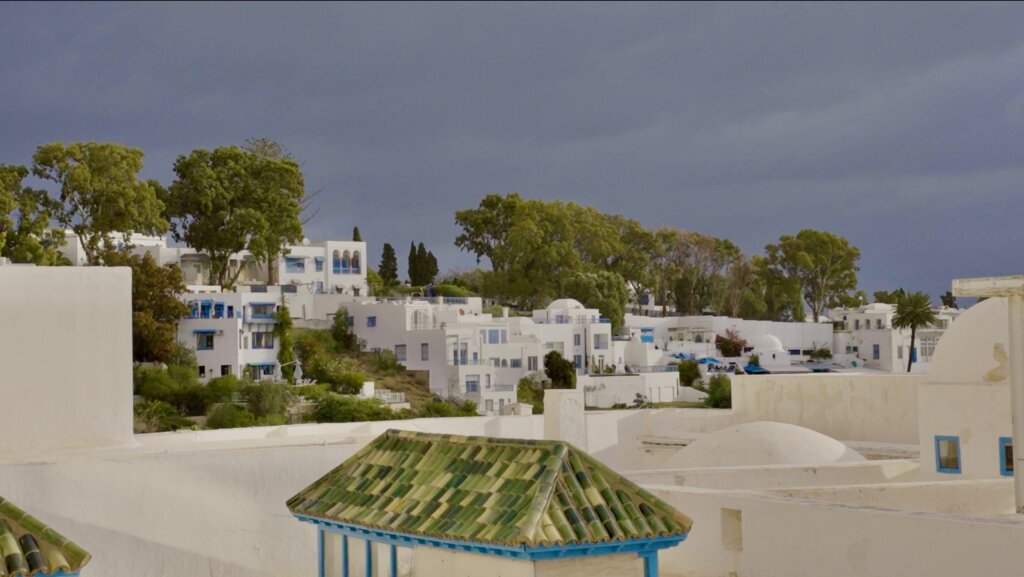Tunisian, Paris-based curator and writer Myriam Ben Salah was announced as the curator for the 10th edition of the Abraaj Group Art Prize earlier this month. Here, she speaks about her background, relationship with artists and curatorial practice, and offers a glimpse on what we can expect for the upcoming edition of the Abraaj Group Art Prize.
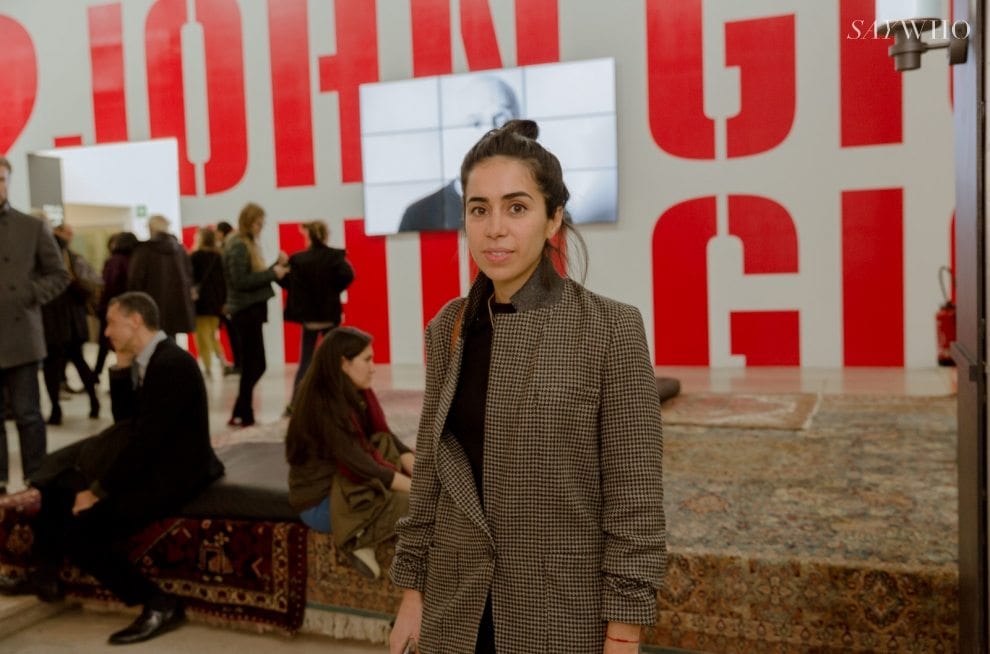
My curatorial practice spans several interests and I don’t usually contain my subjects of research regionally or generationally. However, in recent years, I noticed a certain tendency to develop close, long-term relationships with artists from my generation as a way of exploring the art production and the reflections of a certain period in time; but also as a way of fostering a ‘scene’ as a space for common reflection where we evolve together, supporting each other’s practices. I grew up in Tunisia and then studied and worked in Paris at the Palais de Tokyo, a place that really puts the artist at the centre of every endeavor. There, I focused on special commissions, performative practices, new media and publishing initiatives, working outside of the exhibition space per se, and diving with artists into their most ambitious projects for which the white cube was too limited.
Recently, I’ve been asked to develop independent curatorial projects outside of the museum, which is when my reflection around art and culture from the Middle East and neighbouring countries began. In 2015, in the context of curated_by —a curatorial platform project in Vienna— I was invited by philosopher Armen Avanessian to create an exhibition proposal around the notion of ‘accelerationism’ (the idea that capitalism, or various processes attached to it, should be deepened or ‘accelerated’ in order to prompt radical change). My idea was to create both a conceptual and geographical shift and to look at this issue from another perspective, which would be the perspective of the Middle East in general and the Gulf in particular. I dived into the essay of Qatari-American artist Sophia Al Maria titled Gaze of Sci-Fi Wahabi (2007-2008), where she coined the notion of Gulf Futurism to tackle a wider acceptatance of the future as a formal and conceptual device that contributes to creating a shift in the artistic practices of a generation dealing with a failed utopian dream of pan-Arabism.
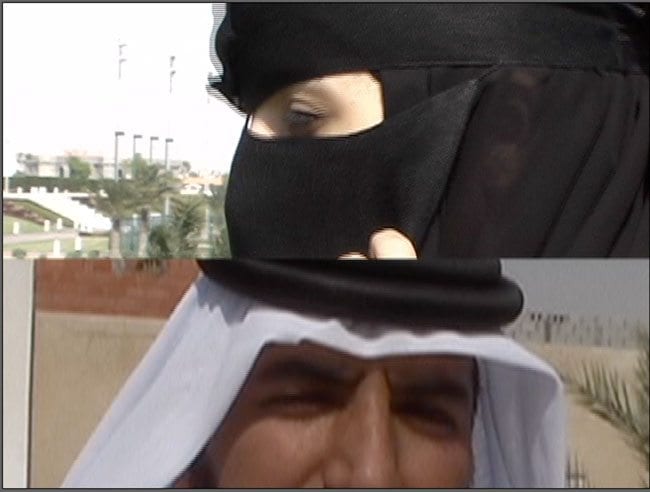
From that moment, I became particularly interested in investigating new ways of looking at art from the region. I noticed, for instance, that there had been very little scholarly attention paid to what we could call the ‘Pop’ side of Middle Eastern culture: the wit, humour and irony, objects of mass culture, research of happiness and kitsch, among other things. Middle Eastern culture does not tend to be associated with laughter and levity in the global imagination, yet the latter are crucial foundations of the cultural bind that holds the whole region together. The post 9/11 period – that is still unfolding – was marked by a rise in the visibility of the MENASA regions, which took centre stage with the advent of the Arab Spring and more recently, with the repeated attacks and the destruction of cultural sites. The political overexposure has been followed to some extent by a rise in the visibility of regional art scenes, but the world still seems to look at the region through the singular lens of failure and conflict. Indeed, the West has alternately romanticized and fomented fears of the Middle East, keeping it a ‘serious’ subject matter. This is probably why, for a long time, artists from the region have been obsessed with struggle narratives and a rhetoric of the past, creating works that were almost a response to some ‘tacit commission’ from the West, arbitrarily linking authenticity with traumatic backstory and past/drama storytelling. I like to quote this definition Bidoun magazine gave of the region: “The term ‘Middle East’, by most accounts, was coined in an English newspaper at the turn of the century. Since then it has continued to exist more concretely as an object of discourse than a geographic region.” So my interest shifted towards the works and researches of a new generation of artists, which digested both the rich cultural history of their respective countries and the contemporary connected world that we live in. They are not rootless, but they defy any presumed homogeneity or audience expectation. I decided to focus my researches on individual relationships to particular histories or places rather than suggest any sense of unity. The idea being to deconstruct the outlines of that imagined ‘Middle Eastern’ aesthetic and to question playfully the stereotypes.
I’m particularly happy and excited about curating the Abraaj Group Art Prize as it will allow me to develop this vision—or at least start from it— in the region itself and not for an exclusively Western public, which makes the circle complete in a way, bringing the reflection to a peak in terms of relevance. Besides, working with the winning artist on a new commission funded so generously by Abraaj, is a very unique opportunity to accompany a creative mind within the process of production.




